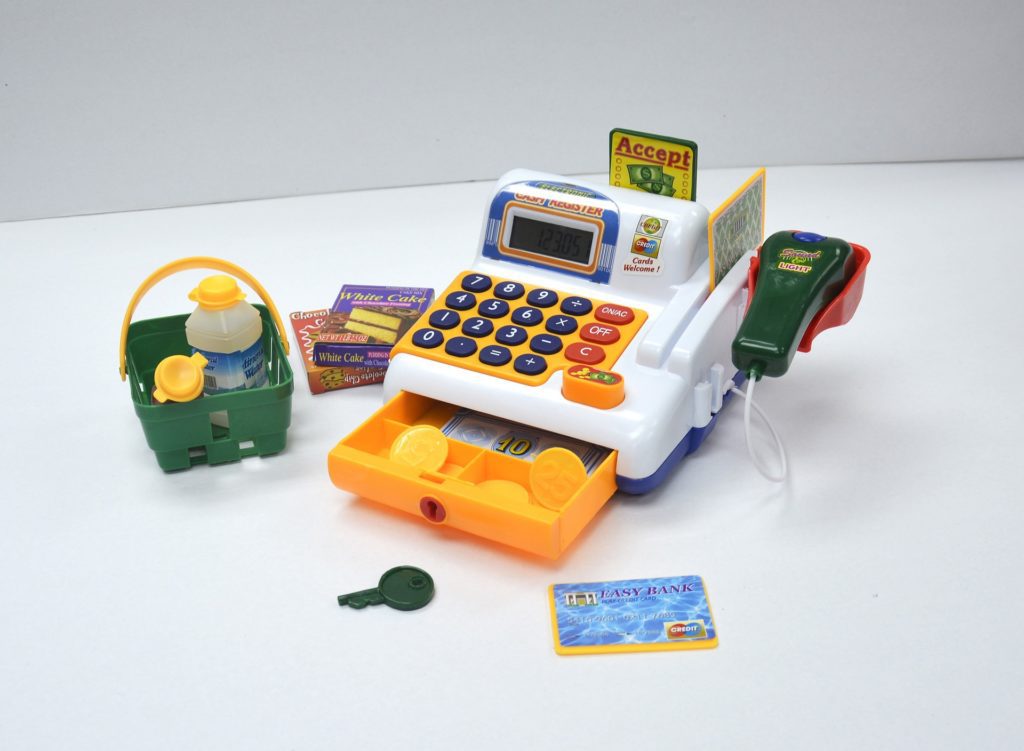Can you improve your GP through better use of your tills? You could be losing €1000’s every year by having the wrong buttons and prices on your tills or by not running the right reports. Here’s a few tips to better manage your tills.
Managing Your Tills
1. Ensure your system is laid out correctly
Understand the importance and the implications of the correct layout of buttons and functions on your cash register.
2. Validate that all prices are correct
Firstly and most importantly, validate that all prices are correct – you might be surprised. Take half an hour this week and review every price. Just stand at the till and run a price check on every item. Also make sure that all your tills have the same prices. You would be amazed at how many units charge different prices for the same products at different tills.
3. Every product needs its own button
Having individual buttons allows you to measure the historical data from past periods and also allows you to predict stock requirements for similar periods in the future.
4. Make sure you utilize all available PLU buttons
Review your tills, are there dead buttons that are no longer used? Find those keys on the till that are never used and remove them to make room for new products.
5. Get rid of the “open food” and “open drink” buttons
Nothing should ever be rung up as open food. Open food means no control. The “Open” buttons on the till are the equivalent of leaving the cash drawer open.
6- Do you know the sales price of every item you sell?
Do your staff know the sales price of every item they sell? Carry out a tray test, have a number of cashiers ring through the same items and compare receipts.
7. Review the till checklists form Internal Audit
Make sure that staff close the till drawer between transactions. Don’t throw money into the till without recording a transaction. You should always know who has access to the till keys.
8. Insure that a premium price is being charged for all premium confectionery and beverages
If you are buying in a premium confectionery range at a higher price, sell it on at a higher price. Ensure register scales are properly calibrated so correct weights are entered into the register.












